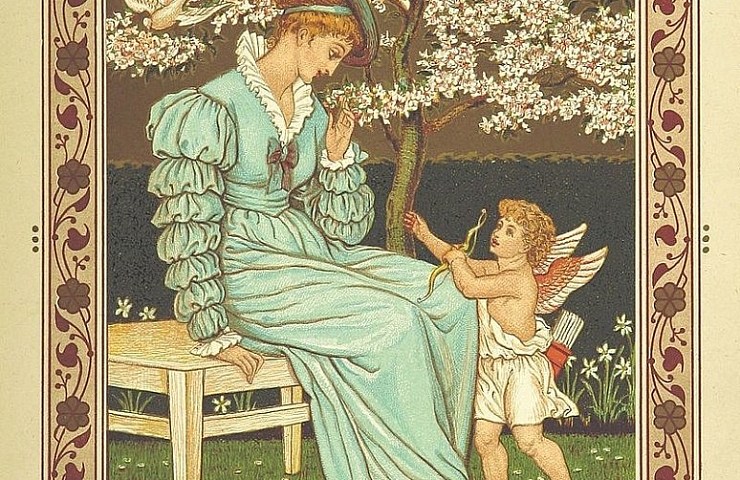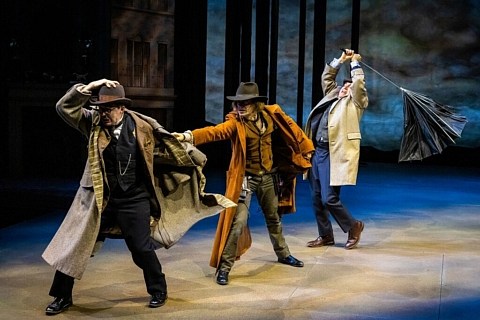Valentine’s Day means something different to every person. It can be a day full of love, a crude reminder that true love has always escaped you, or a day to gag at your friends’ “cute” Instagram pictures. It can also be a disappointment if someone doesn’t live up to your expectations, an excuse to drink up and hook up, or a day for someone to post how we should just love everyone every single day (that’s not actually a bad idea, but it is so cliché and annoying).
Or it can just be another normal day.
Like it or not, Valentine’s Day is coming. For all you Game of Thrones’ fans, picture waves of White Walkers rushing over the wall, but instead of death they bring hearts, chocolates, flowers and millions of greeting cards. Now, these are just things that are traditionally related to Valentine’s Day, but there are other ways to celebrate. The heart can be anatomically drawn for the artistic people, the chocolates can be dairy free for the vegans, the flowers can be gender neutral colors for equality, and the cards can be text messages for the people that hate the devious Hallmark for making a ton of money.
However, let’s think back—back before Valentine’s Day became what it is today. Note that I will be using the infamous Wikipedia on this, so if I’m wrong, blame them. It originally started off as Christian day of honorance (shocker). February 14 was used to remember a certain Christian martyr who went by the name of Saint Valentine and he was rumored to be executed in part for performing weddings that were not allowed by the Roman Empire. Even if it’s not true, it’s still ironic.
Valentine’s Day was later connected to romantic love by a poet named Geoffrey Chaucer. He wrote a poem to celebrate the engagement of King Richard II and Anne of Bohemia (the rap-city). He mentioned Valentine’s Day as the day when every bird chooses his mate. (There is a disagreement about this, because apparently mid-February is not the right time for English bird mating.)
Regardless, later the day was possibly connected to some French festivities where a court of women (obviously early feminists) would hear disputes from lovers. From this point on, the word “Valentine” was mentioned in various literature and was usually connected with lovers sending valentines to each other, or asking to be their valentine.
If you are still reading, you will catch the oh-so-shocking-finale of the mystery of Valentine’s Day. In 1797, some British guy decided to write some “sentimental verses for the young lover unable to compose his own.” He called it “The Young Man’s Valentine Writer.” However, since people (probably the men) were so cheap, Valentine cards did not really pick up speed until postage rates decreased. At one point, there were 3000 women employed in manufacturing these cards in something called a Cupid Manufacturer. Yada yada yada, the past is the past.
At least we can all agree that Valentine’s Day has had an interesting history, and that it has seen some changes. It is not only the Christians or the British that celebrate this day, many people of different cultures and religions celebrate this day of love. Some even do it regardless of governmental bans on the holiday (sad, but true). Men no longer need some other man to write Valentines cards for them, they have corporate America. Women are no longer making these cards, small children—probably in China—are doing that.
Regardless of the past, Valentine’s Day means different things to everyone, so all I’m saying is respect what this day means to different people and have a wonderful Feb. 14.





Recent Comments